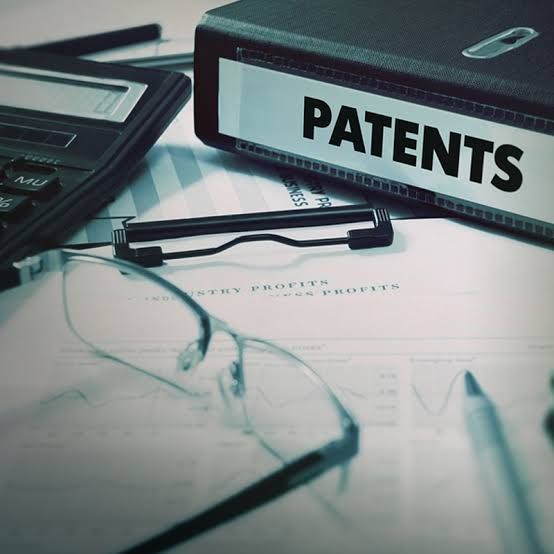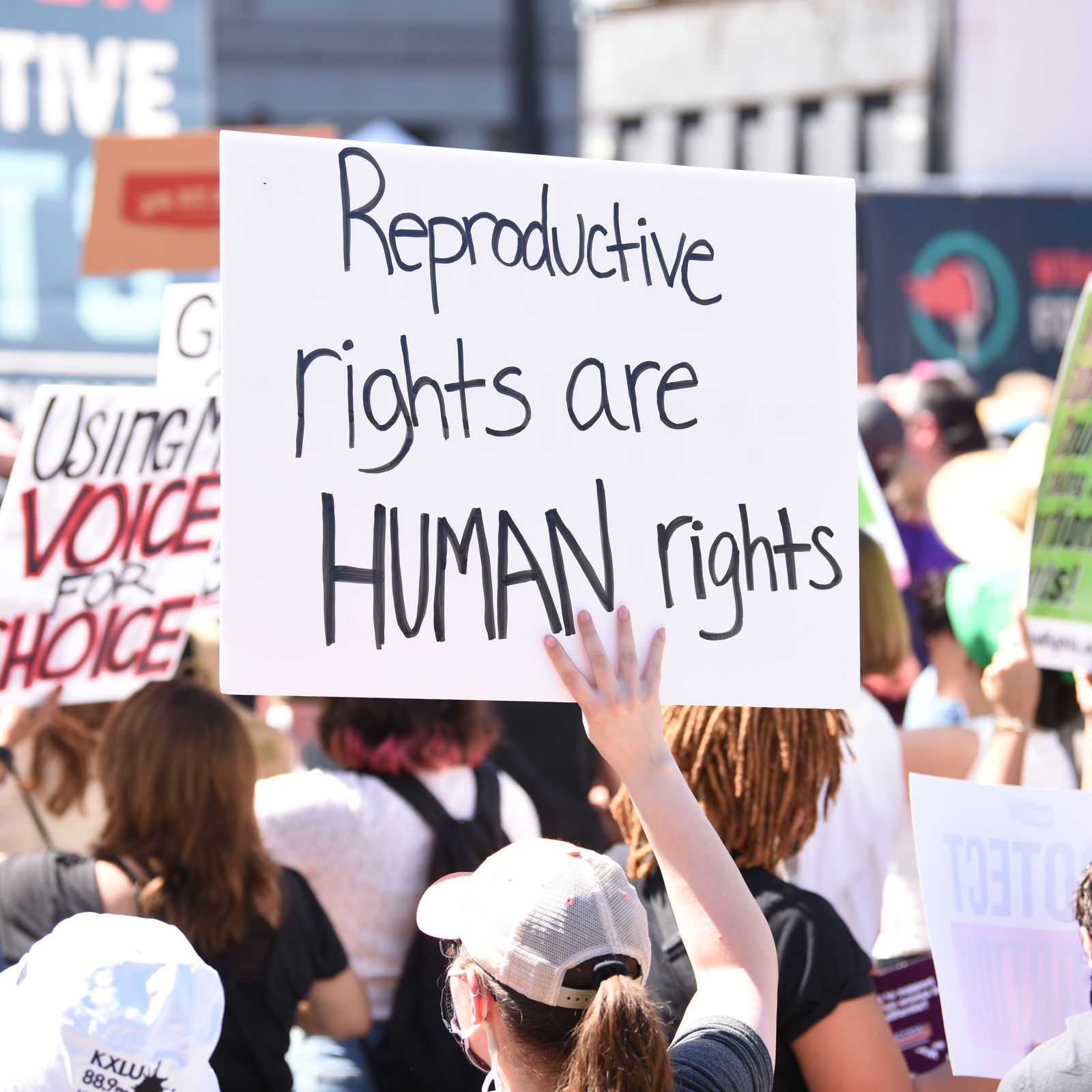HUMAN TRAFFICKING AS A MODERN FORM OF SLAVERY
Abstract:
Human trafficking and ultramodern slavery have become major public issues over the once two decades. In this composition, we will be agitating about human trafficking, victims, the situation during covid-19, during war and conflict times, affiliated provisions in Indian law, forms of mortal trafficking, and forms of modern slavery.
Keywords:
Modern slavery, human trafficking, victims, Slavery, woman, children, sex
Introduction:
The Human trafficking trade is the third largest systematized crime across the world after medicines and arms. Human trafficking across the world is done generally for sexual exploitation the execution of which women and children turn out to be victims of it. In these courses junking of organs from the body substantially feathers to vend them for gaining further profit.
Reports on Human trafficking during COVID-19:
Among the new reports set up the number of detected victims fell for the first time in 20 years, with 11% reduction.
- 59% reduction in East Asia and the Pacific,
- 40% reduction in North Africa and the Middle East,
- 36% reduction in Central America and the Caribbean,
- 32% reduction in South America and reduction in Sub-Saharan Africa.
Why human trafficking is reduced during the pandemic:
The report set up that trafficking for sexual exploitation was less detected during the pandemic with a 24% reduction compared to 2019. Because victims are exploited in public venues, such as bars and clubs or outside. During COVID public access is limited so reduced crime rate. Victims of mortal trafficking are substantially women and children. Women and girl children are more victims and they’re ill-treated and physical and internal violence is faced by men.
Human trafficking during war and conflicts:
The report’s finding that war and conflict offer stalking grounds for merchandisers is not surprising. Trafficking conditioning is defective across all conflicts. Indeed, as Putin attacked Ukraine in February 2022, reports of merchandisers feeding on vulnerable people have been circulating the news. As the 2022 report explained, the exile exigency in Ukraine is elevating pitfalls of trafficking for the Ukrainian displaced population. Similarly, the war revealed not only how human trafficking is a business for merchandisers, but also how the crime can be used as an atrocity crime with children being traded to Russia to be subordinated to illegal adoptions there. These crimes have now been honored as war crimes and crimes against humanity. Similarly, the crimes may also be anatomized along the lines of genocide.
Forms of Human Trafficking:
Forms of Human Trafficking are of two types:
- Labor Trafficking:
Using force, fraud or compulsion to novitiate, harbor, transport, gain or employ a person for labor or services in involuntary yoke, peonage, debt bondage or slavery. Victims can be set up in domestic situations as babysitters or maids, workshop manufactories, janitorial jobs, construction spots, ranch work and panhandling.
- Sex Trafficking:
Involves marketable coitus acts convinced by force, fraud or compulsion, or in which the person performing the act is under age 18. Victims can be set up working in massage places, on the thoroughfares, in bagnios, strip clubs and companion services. Modern slavery refers to situations where individuals are constrained, deceived, or controlled by others to work under exploitative conditions. It encompasses a range of vituperative practices, including forced labor in diligence like husbandry, construction, and manufacturing, as well as the trafficking of men, women, and children for purposes of sexual exploitation, forced soliciting or forced marriage. Ultramodern slavery represents a grave violation of mortal rights and stands in stark discrepancy to the principles of freedom, equivalency, and quality. Ultramodern slavery refers to situations where individuals are constrained, deceived, or controlled by others to work under exploitative conditions. It encompasses a range of vituperative practices, including forced labor in diligence like husbandry, construction, and manufacturing, as well as the trafficking of men, women, and children for purposes of sexual exploitation, forced soliciting or forced marriage. Ultramodern slavery represents a grave violation of mortal rights and stands in stark discrepancy to the principles of freedom, equivalency, and quality.
Forms of Modern Slavery:
Modern slavery manifests in multitudinous forms, each inflicting immense suffering on its victims. These include:
- Sexual exploitation:
Victims may be forced into harlotry, pornography or stage dancing for little or no pay. They may be deprived of their freedom of movement and subordinated to pitfalls and violence.
- Labor exploitation:
In Labor exploitation a victim is made to work with little or no pay and may face violence or threats. However, their passports may be sequestered by their devourers and they may be made to live in terrible conditions and under constant trouble, if they’re foreign citizens.
- Forced crime:
Victims can be forced to share in a range of illegal conditioning including pick pocketing, shop lifting, cannabis civilization, county lines exploitation and other conditioning. The Modern Slavery Act provides for a defense for victims who have been forced into crime.
- Domestic servitude:
Victims work in a ménage where they may be ill-treated, lowered, subordinated to exhausting hours, forced to work and live under unsupportable conditions or forced to work for little or no pay.
- Organ harvesting:
Victims are traded for their internal organs like kidneys and the liver to be gathered for transplant.
- Fiscal exploitation:
Benefit fraud, where benefits are falsely claimed by perpetrators on behalf of their workers; bank accounts are opened in a victim’s name but used by perpetrators; or workers ’ stipends are paid directly into the devourers enjoy bank accounts by companies who suppose they’re paying a worker collectively.
Relationship between Human Trafficking and Fundamental Rights:
Fundamental Rights as handed under part III of the Indian Constitution have unequivocally claimed the impropriety of human trafficking in terms of morality and legitimacy. There’s a well-established link between Human Rights, Fundamental Rights, and Human Trafficking. Indian Constitution recognizes the abecedarian rights of non-discrimination, equivalency, education, indigenous remedies, freedom of speech and expression that includes the right of free movement, right to life and liberty, etc.
Article 23(4) addresses the prohibition of traffic in human beings and forced labor and provides its citizens a right against trafficking. And if there had been no separate composition for the prohibition of human trafficking it would have been a violation of fundamental rights by the virtue of the golden triangle of fundamental rights that are constituted by Articles 14, 19 and 21. Dealing further with this, Article 19 protects certain rights regarding freedom of speech and expression that protect the right to move freely throughout the home of India under sub-clause(d). It’s one of the directly related rights and multitudinous rights are going to be affected or violated as of right of practicing the profession of carrying business, it’s further a consequence of mortal trafficking.
Article 21 protects the veritably Right to Life and Liberty of people in India, both citizens and citizens. About the interpretation made in the case of
- Kharak Singhv. State of Uttar Pradesh
It was stated, that life isn’t a bare beast in actuality and there’s further to it. Hence humans can’t be vended like goods or creatures hampering their Right to life.
In the case of
- Maneka Gandhi vs. Union of India
Right to life embodied in Article 21 of the Indian Constitution, isn’t simply a physical right but it also includes within its dimension, the right to live with human dignity. Hence quality cannot be hampered by any act of contractual human haggling.
Helpline:
If you suspect that someone has been trafficked or enslaved:
- Call 999 in an emergency
- Call 101 about the general situation
- Call 08000121700 for the Modern Slavery Helpline
Why are people in slavery moment?
People may end up trapped in slavery because they’re vulnerable to being tricked, trapped and exploited, frequently as a result of poverty and rejection and because laws don’t duly cover them. People can be particularly vulnerable to ultramodern slavery when external circumstances push them into taking risky opinions in the hunt for openings to give for their families, or when people find they’re simply pushed into jobs in exploitative conditions.
Anyone could be pressed into forced labor, but people in vulnerable situations similar to being in debt, or not having access to their passport are most at threat. Heads like the Covid-19 pandemic and climate change can make people indeed more vulnerable to exploitation.
Causes of human trafficking:
Causes of human trafficking have a set of complex factors poverty, unemployment, gender demarcation against women, and lack of education.
- Poverty:
Due to the lack of education in women compared to men, the women went to labor work to lead their lives in part these they were resettled to other places and also inevitably traded into sex workshops.
- Unemployment:
Due to severance to become financially fit women are designedly or unintentionally attracted to easy moneybags gained through sex work. Countries like India due to further population heavy competition in jobs; it’s one of the reasons.
- Commercial demand for sex:
Male demand for prostitutes leads to a request for sex work, which, in turn, fosters sex trafficking, the illegal trade and compulsion of people into sex work, and procurers and merchandisers become’ distributors’ who supply people to be sexually exploited.
- Discrimination against women:
Due to gender discrimination against women by men in society seen from periods. Family members are also forced to do for plutocrats; also women are dragged into traps by force.
Human trafficking rate in India:
In 2021, the government reported 5,934 trafficking victims and 753 implicit trafficking victims, compared with 6,622 victims and 694 implicit victims linked in 2020, and 5145 victims and 2,505 implicit victims linked in 2019.
Conclusion:
The actuality of the law itself states that there’s an excrescence in society and it has to be checked out. A perfect indefectible society is a fool’s dream. There are colorful laws, vittles as bandied over to fight the very act of mortal trafficking. It’s inferred that colorful Human Rights, Fundamental Rights and Constitutional Rights are violated by the offense of mortal trafficking and to fight them the laws cover most of the dynamics of the offense.
Author: Nagasreelekha Yelliboina, a Student of Sri Padmavati Mahila Visvavidyalayam,Tirupati



